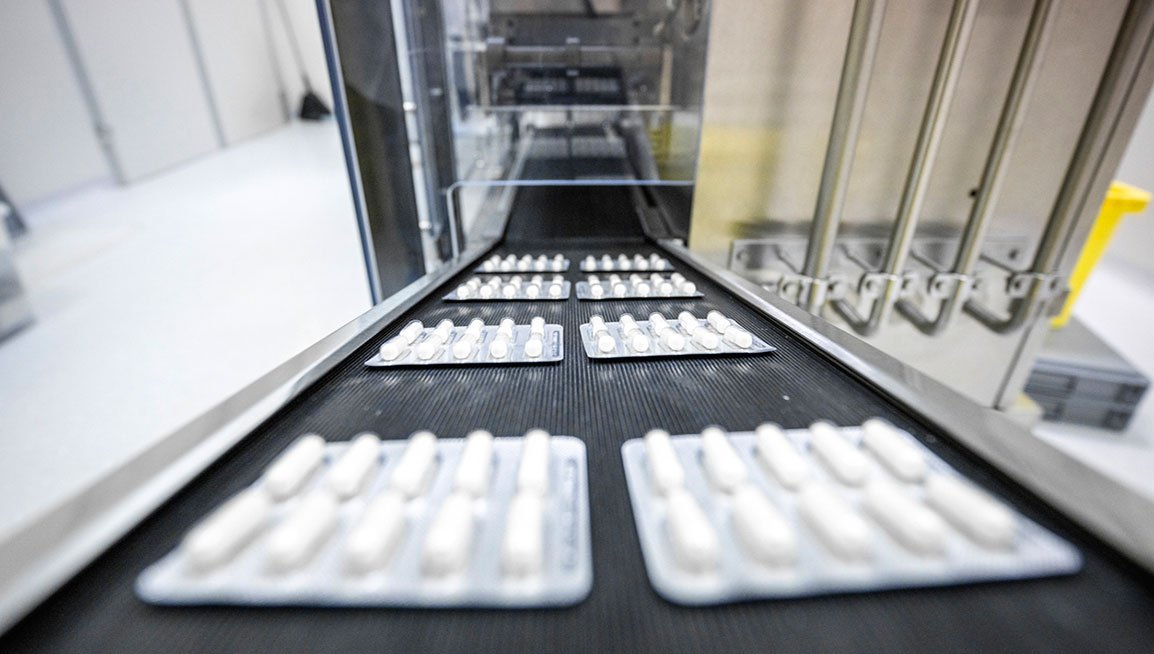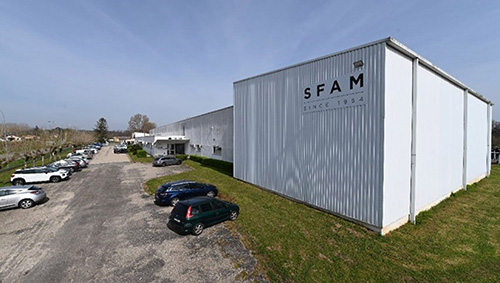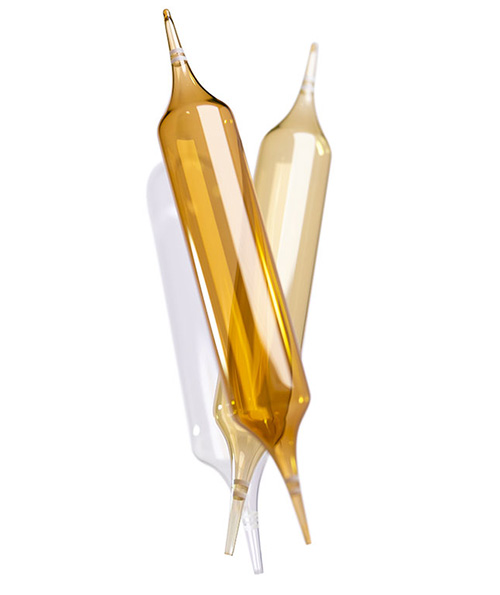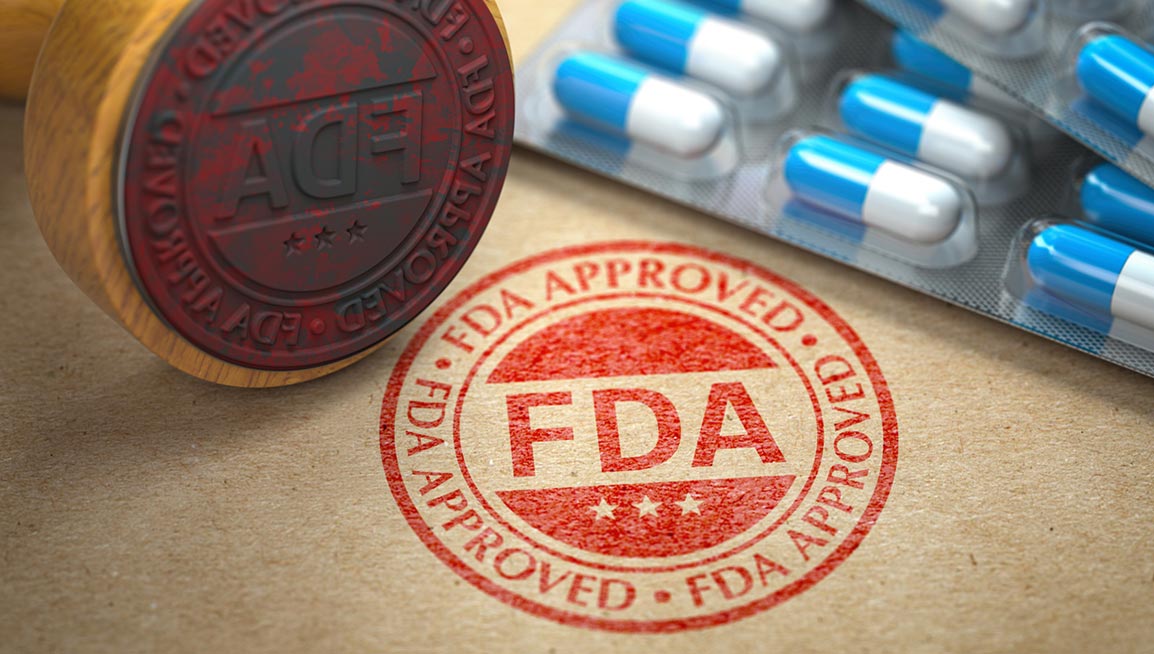Bringing a new drug to market is a complex, lengthy, and highly regulated process. The numerous stages of research, development, and evaluation significantly impact the time it takes for a pharmaceutical product to reach patients. For stakeholders in the pharmaceutical industry, as well as dietary supplement manufacturers, understanding the factors that influence these timelines is essential.
This article explores the key steps involved in bringing a drug to market, how long they take, and the role of manufacturers in working to shorten these timeframes.
1. What is the process to market a drug ?
The process of bringing a drug to market refers to the steps required to obtain authorization to commercialize a pharmaceutical product.
It is a regulatory procedure overseen by organizations such as the European Medicines Agency (EMA) or the French National Agency for the Safety of Medicines and Health Products (ANSM). This process ensures that medications are effective and safe for patients.
A drug cannot be marketed without a specific authorization, known as a Marketing Authorization (MA). Unlike dietary supplements, which follow less stringent procedures, drugs must undergo rigorous clinical trials and thorough evaluations.
To learn more about the MA process, explore our complete MA guide.
 https://www.sfamgroup.com/wp-content/uploads/2025/03/2025-global-pharmaceutical-market-trends.jpg
654
1154
SFAM
https://www.sfamgroup.com/wp-content/uploads/2024/06/logo-sfam.svg
SFAM2025-03-20 09:00:312025-03-21 15:55:532025 trends in the pharmaceutical industry
https://www.sfamgroup.com/wp-content/uploads/2025/03/2025-global-pharmaceutical-market-trends.jpg
654
1154
SFAM
https://www.sfamgroup.com/wp-content/uploads/2024/06/logo-sfam.svg
SFAM2025-03-20 09:00:312025-03-21 15:55:532025 trends in the pharmaceutical industry



